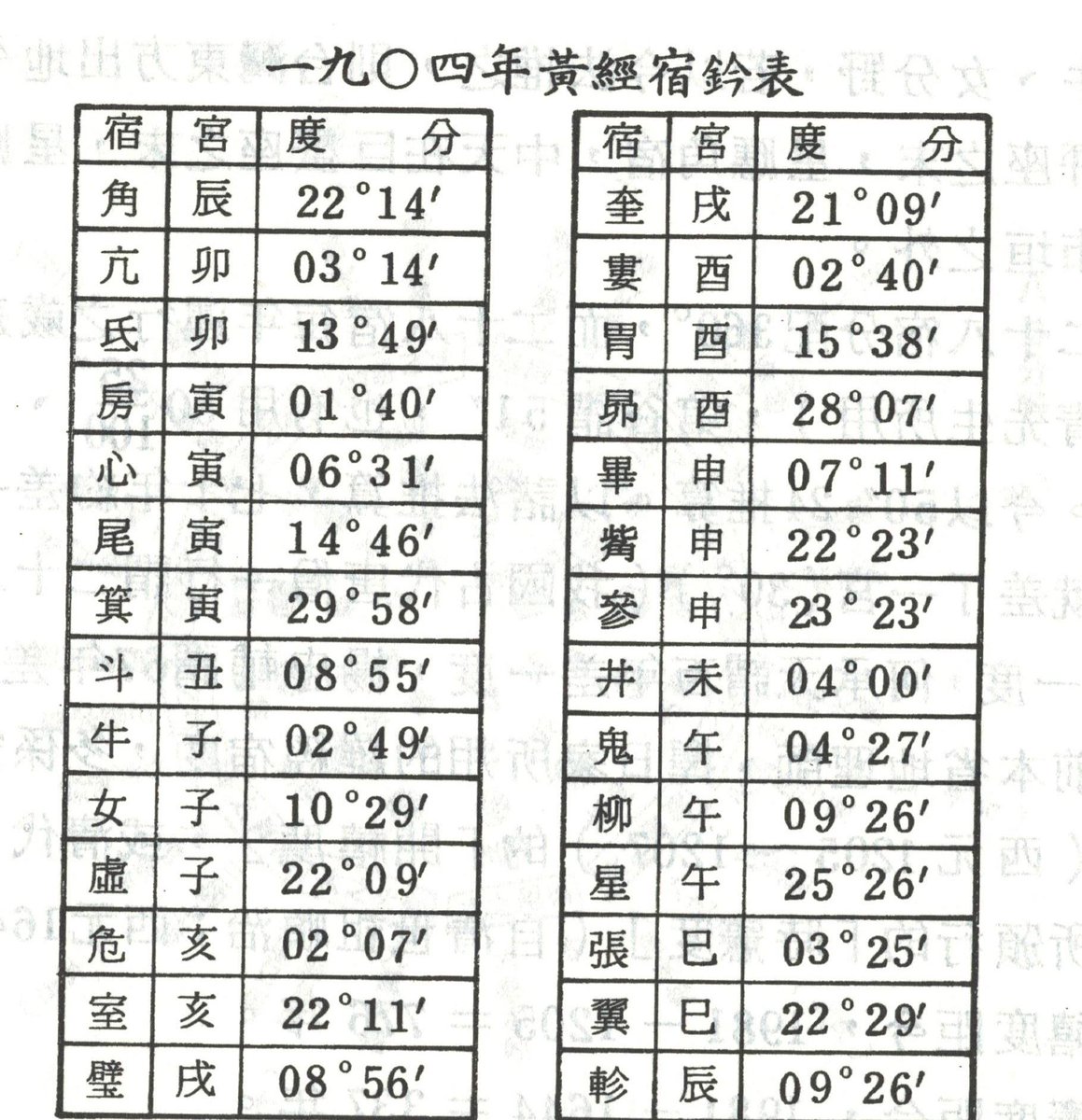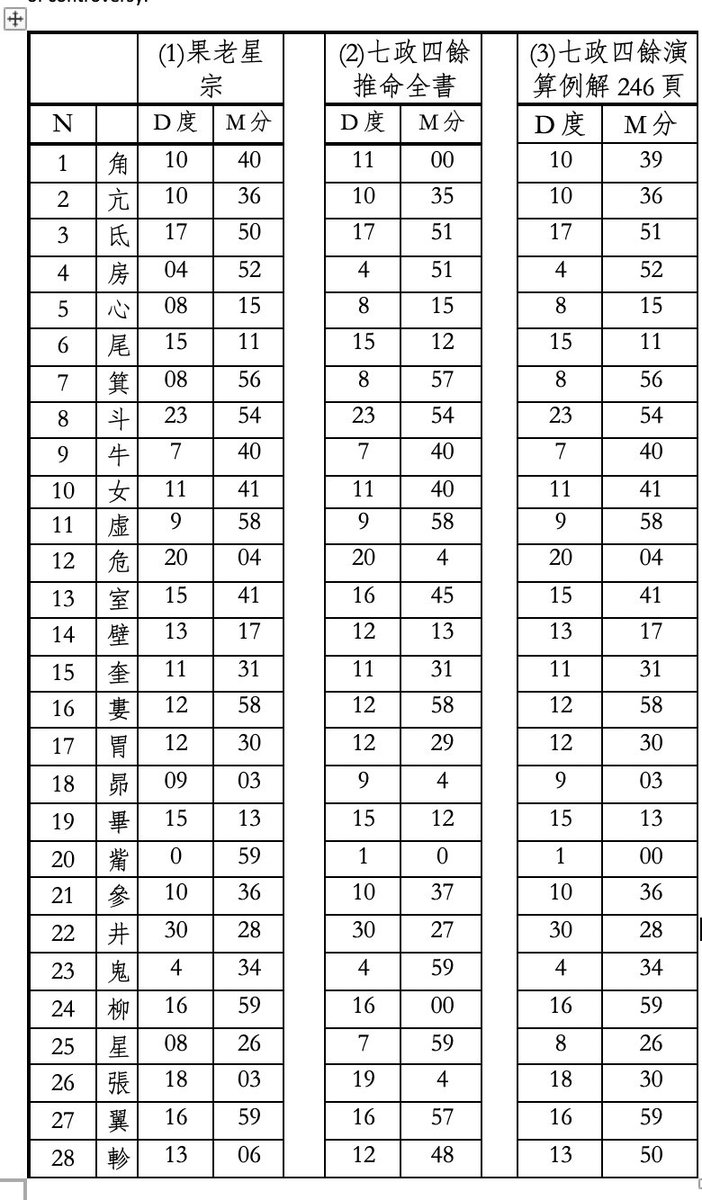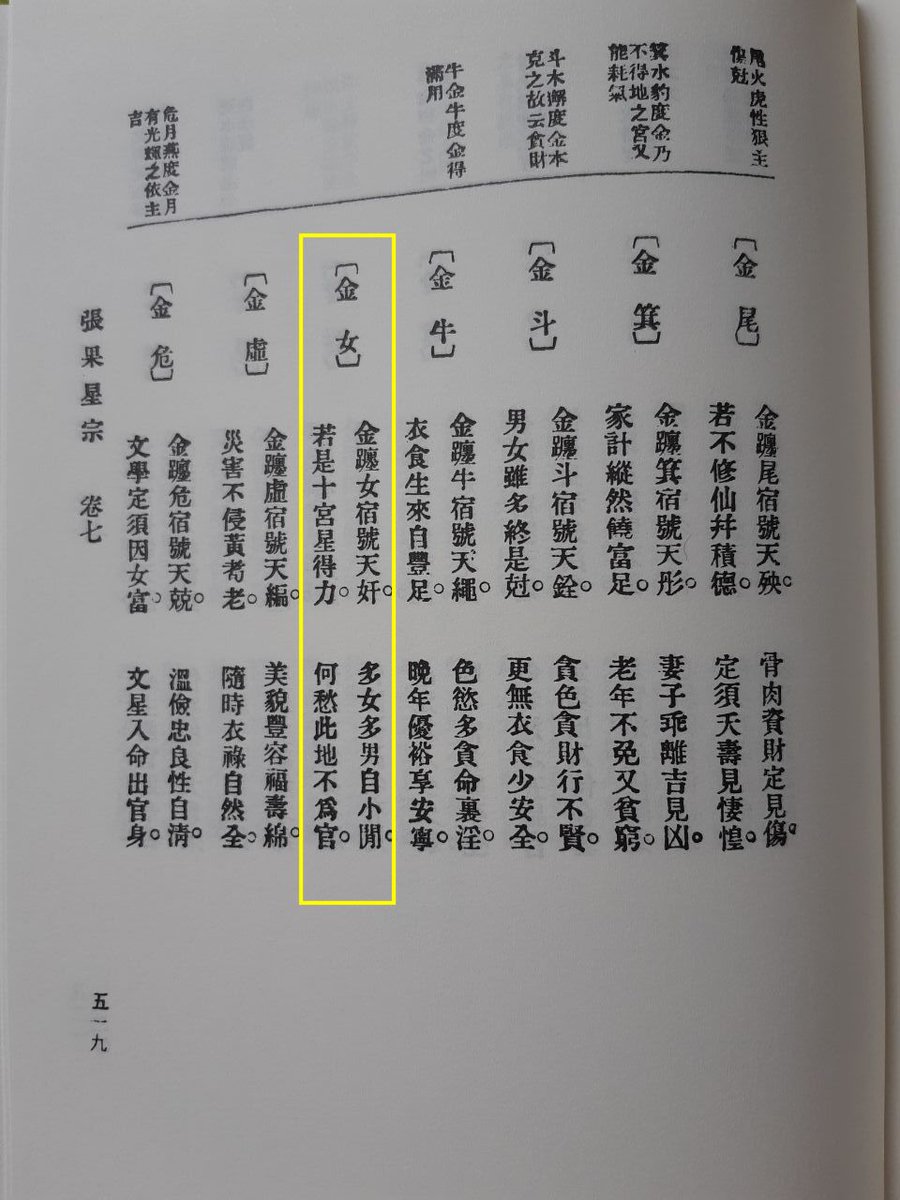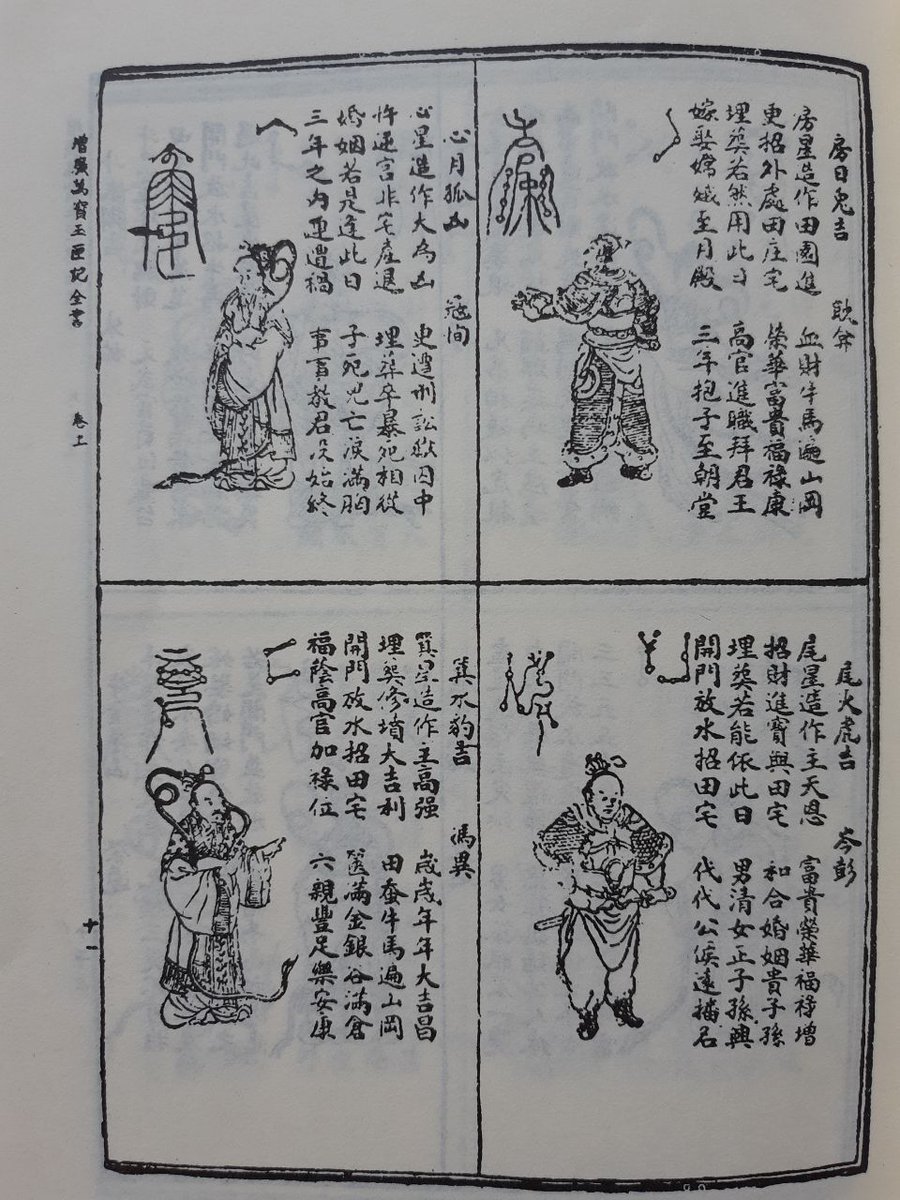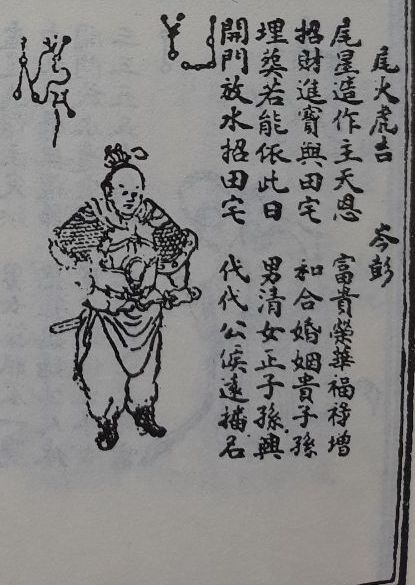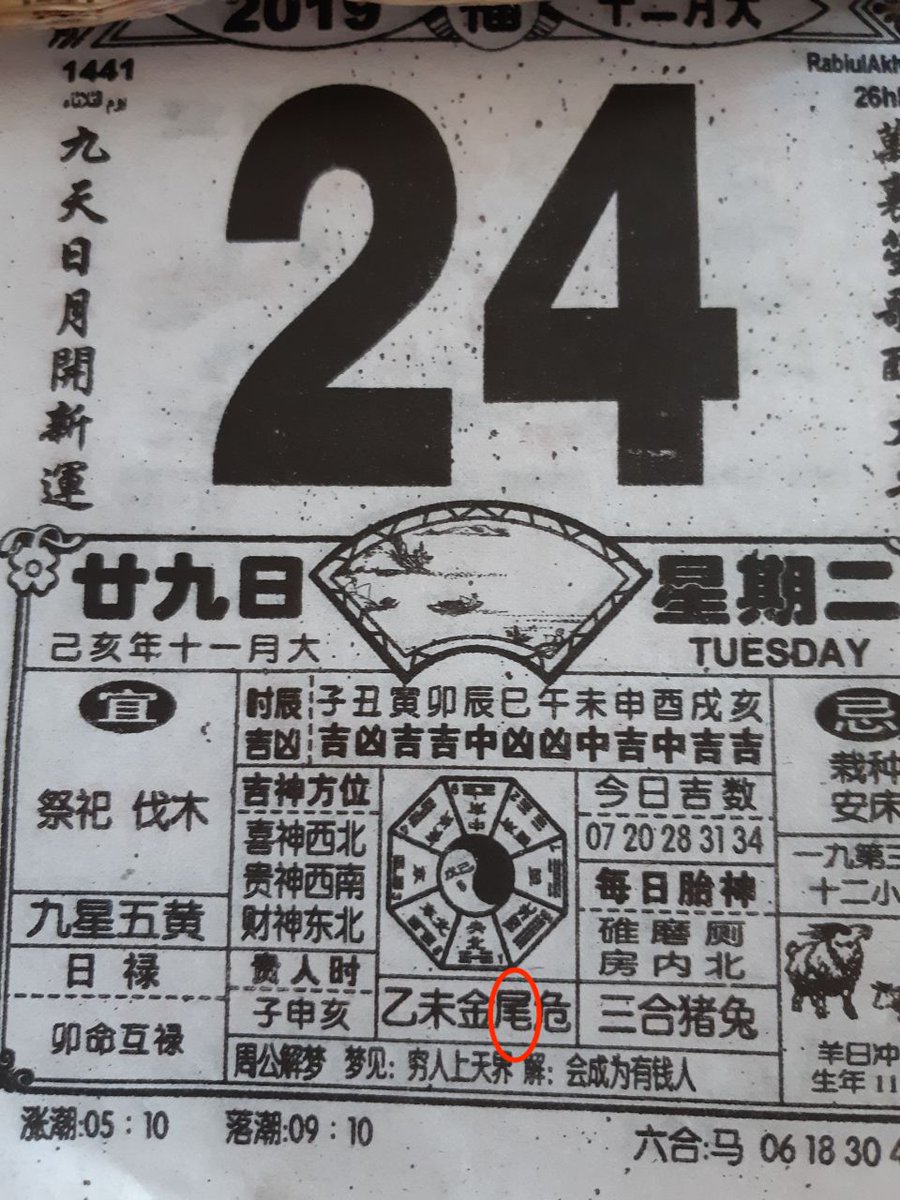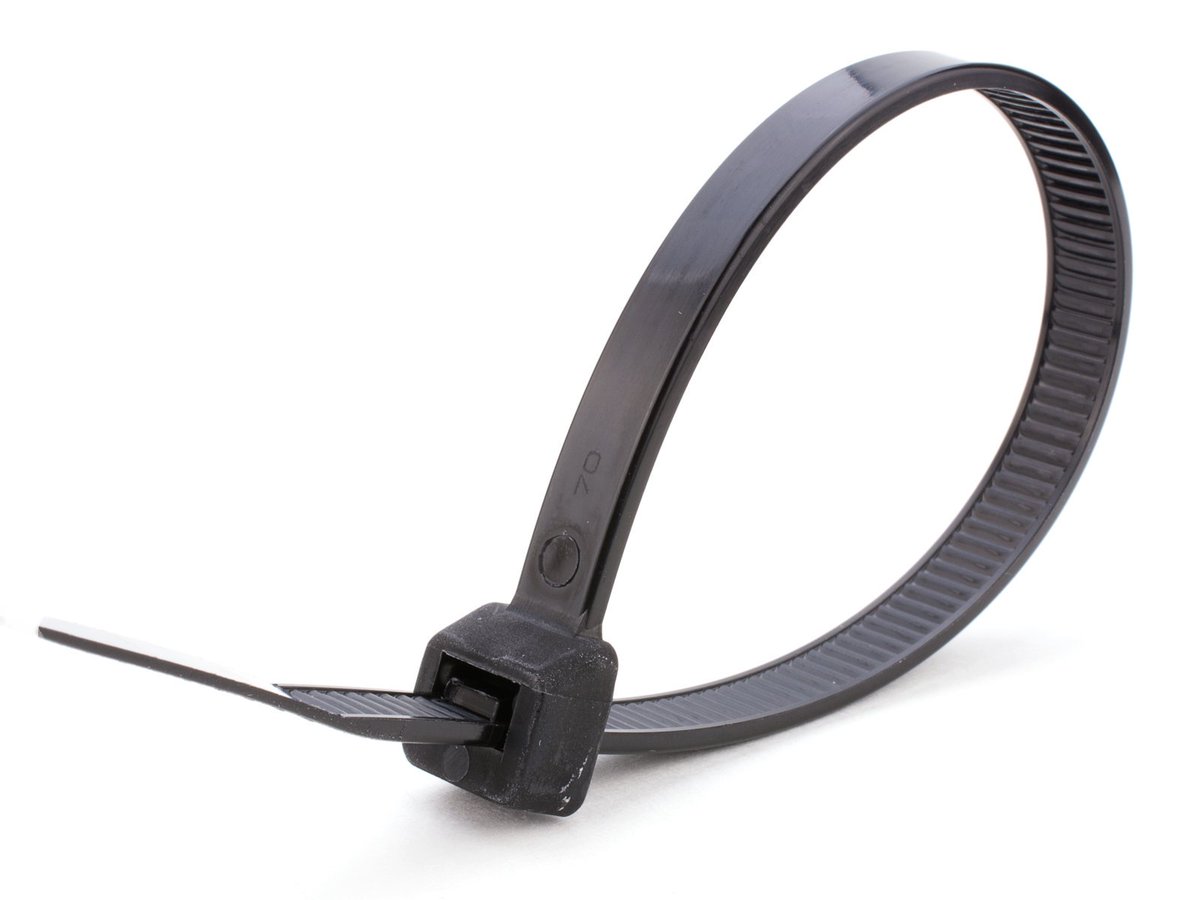Many have heard about the Chinese system of Lunar mansions. But to my knowledge, almost nothing has been written about their current use in English.
These constellations were used as a coordinate system by the Chinese astrologers and astronomers. I shall set out how they are used in the following posts.
I must admit the present poems are a pretty good example of this phenomena... but if the Prajnaparamita literature can be translated into english, surely a competent person can translate the Guolao Xingzhong...
尾星造作主天恩。富贵榮華福禄增。
招財進寶與田宅。和合婚姻貴子孫。
埋葬若能依此日。男清女正子孫興。
開門放水招田宅。代代公侯远播名。
Wei, the Fire-Tiger. Auspicious. Cen Peng.
Constructing on Wei will bring heaven’s grace.
Wealth, glory, fortune, rank will increase,
Along with wealth, treasures and land.
Marriage harmonious; [producing] noble sons.
If burial is conducted on this day, [...]
[...] Men will be pure, Women upright, children will flourish.
Opening doors, and releasing water will bring in lands and buildings.
Generation after generation will be nobles, their names widely known.

